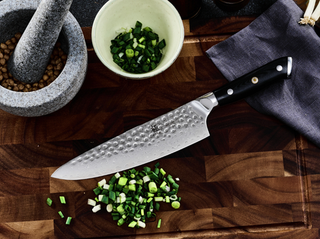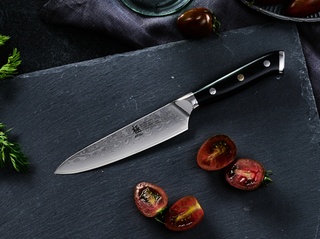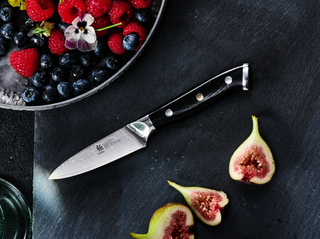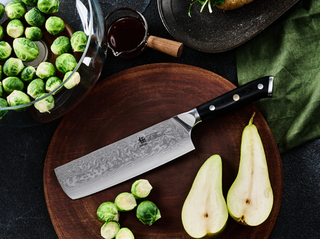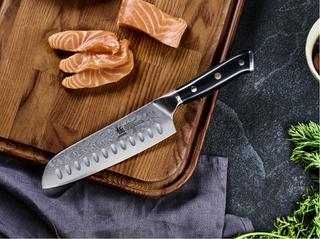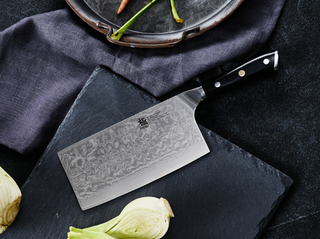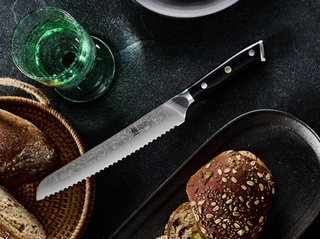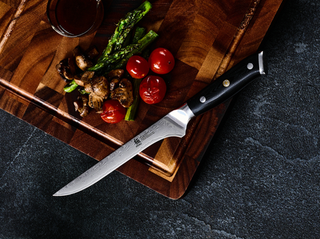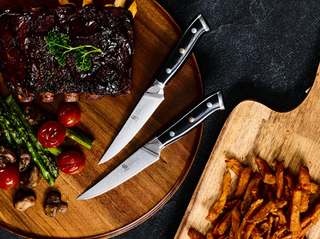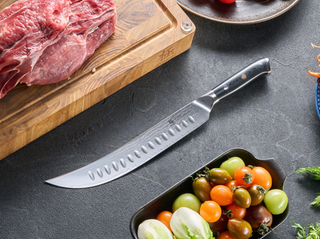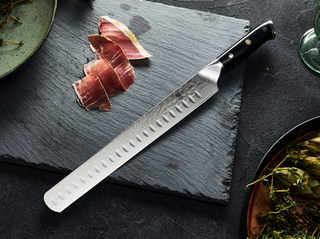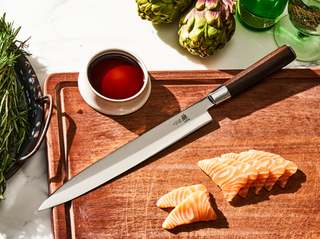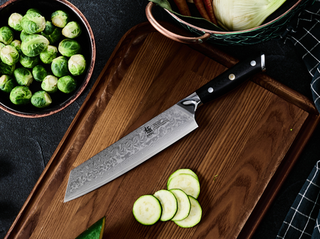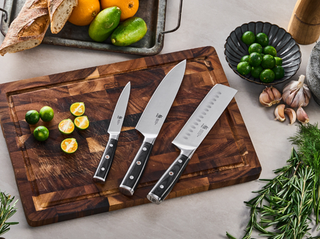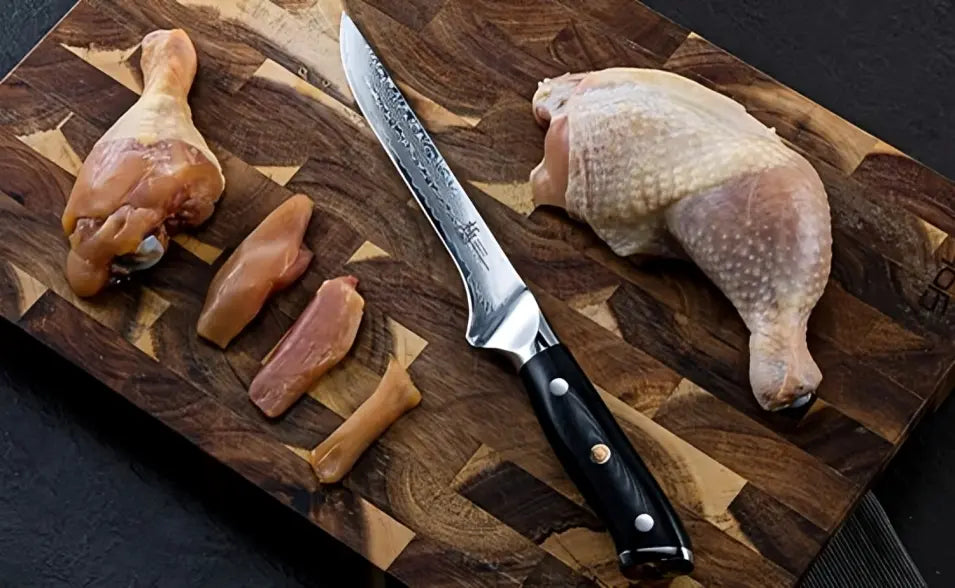Have you ever noticed how professional chefs often reach for dark meat chicken when creating their signature dishes? Or people often specifically ask for dark meat when they are in Popeyes? There's a good reason for that. Dark meat chicken offers a depth of flavor that makes it a favorite in kitchens worldwide, from casual family dinners to high-end restaurants.
1. Why Do Some People Prefer the Taste of Dark Meat Chicken?

Dark meat chicken simply brings more to the table.
Its rich, complex flavor comes from higher levels of myoglobin – the protein that gives it that darker color. This naturally occurring protein doesn't just affect color; it fundamentally changes how the meat tastes and cooks.
The higher fat content in dark meat chicken means it stays juicier during cooking, thus more forgiving for home cooks. Whether you're grilling, braising, or slow-cooking, dark meat chicken can keep its moisture and develop a deeper flavor profile that white meat chicken simply can't match.
2. What Are the Health Benefits of Eating Dark Meat Chicken?
Despite old misconceptions, dark meat chicken packs serious nutritional benefits. It contains more iron and zinc than white meat, along with higher levels of B vitamins, particularly B12, which supports energy production and brain function. While it does contain more fat than white meat, much of it is the heart-healthy monounsaturated variety.
Dark meat chicken also provides:
-
More selenium for immune system support
-
Higher levels of taurine for heart health
-
Greater amounts of iron for energy production
3. How Does the Boning Method Affect the Flavor and Texture of Dark Meat Chicken?

The way you debone dark meat chicken can make or break your cooking results.
Proper deboning preserves the meat's natural juiciness and ensures even cooking, while poor technique can lead to waste and uneven results. There could be bones left behind, as well as joints, cartilage and tendons that are unpleasant to eat.
4. What Are Some Common Mistakes When Deboning Dark Meat Chicken?
Many home cooks struggle with dark meat chicken preparation, often making mistakes that affect both the quality and yield of their meat.
While deboning might look straightforward in professional cooking videos, the reality is more complex. Here's what often goes wrong:
Rushing through the deboning process
-
Speeding through leads to missed bones and wasted meat
-
Quick cuts often result in jagged edges instead of clean separation
-
Hasty work means overlooking small bone fragments that can ruin a dish
Using dull or inappropriate knives
-
A dull blade requires more force, increasing the risk of slips and tears
-
Wrong knife type (like a chef's knife instead of a boning knife) makes precise work harder
-
Inflexible blades can't follow the natural curves of bones and joints
Fighting against the chicken's natural anatomy
-
Cutting directly through the backbone instead of working alongside it
-
Missing the natural seams between muscle groups
-
Forcing cuts through joints instead of finding the connecting points
-
Ignoring the natural direction of muscle fibers
Leaving behind unwanted elements
-
Overlooking small bones, especially around joints
-
Missing patches of cartilage that become chewy when cooked
-
Failing to remove tough tendons in leg pieces
-
Leaving behind silver skin that becomes rubbery after cooking
5. Best Way to Debone Dark Meat Chicken

Understanding chicken anatomy is crucial for proper deboning.
The dark meat sections – thighs and drumsticks – have distinct bone structures and muscle groups that require different approaches. Here's a comprehensive guide to deboning dark meat chicken:
Preparing to Debone
1. Start with a sharp, flexible boning knife
-
A dull blade forces you to use more pressure, increasing the risk of accidents
-
The knife should be narrow enough to maneuver around joints
-
Regular honing keeps your blade performing at its best
2. Work with slightly chilled meat
-
Remove the chicken from the refrigerator 15-20 minutes before deboning
-
The meat should be cool but not ice-cold
-
This temperature sweet spot gives you better control while keeping the meat firm
Following the Chicken's Natural Structure
3. Understand and follow muscle seams
-
Look for the natural separation lines between muscle groups
-
These seams appear as slight color variations or subtle indentations
-
Following these natural breaks reduces resistance and preserves meat quality
-
Start at joints where muscles naturally separate
4. Master the tendon challenge
-
Locate the main tendons, especially in leg pieces
-
For drumsticks, find the tendon bundle at the narrow end
-
Use your knife tip to carefully separate tendons from meat
-
Pull tendons gently while cutting along the bone to remove them cleanly
Cutting Tips
5. Use proper cutting motions
-
Make smooth, deliberate cuts along the bone
-
Avoid sawing motions that tear the meat
-
Let the knife's weight do most of the work
-
Keep your blade angled slightly toward the bone
6. Joint separation technique
-
Find the natural joint connections
-
Gently twist to expose the joint
-
Cut through the connective tissue, not the bone
-
Listen for the slight 'pop' that indicates proper joint separation
7. Final cleanup
-
Remove any remaining small tendons or silver skin
-
Trim excess fat based on your recipe needs
-
Check for any bone fragments or cartilage
-
Give special attention to the areas around joints
Professional chefs know that successful deboning starts with the right tools.
A high-quality boning knife, like the Kyoku Damascus Boning Knife, makes all the difference.
Its precision-crafted blade allows you to follow the chicken's natural contours, separating meat from bone while preserving the valuable dark meat.
6. Frequently Asked Questions
1) Are chicken thighs dark meat?
Yes, chicken thighs are considered dark meat, along with legs and wings. These parts of the chicken contain more myoglobin due to their higher activity levels during the bird's life.
2) What pieces of chicken are dark meat?
Dark meat chicken includes thighs, drumsticks, and wings. These parts develop more myoglobin because they're used more frequently for movement and support.
3) What makes dark meat chicken different from white meat?
Dark meat chicken contains more myoglobin, fat, and connective tissue than white meat, resulting in richer flavor and higher moisture content when cooked properly.
4) How do you prepare dark meat chicken for the best results?
Success with dark meat chicken starts with proper deboning using a quality boning knife, followed by cooking methods that complement its natural characteristics – like braising, grilling, or slow-cooking.
7. Conclusion

When it comes to preparing dark meat chicken, having the right tools makes all the difference. A proper boning knife, combined with understanding the meat's structure, helps you make the most of this flavorful cut. Whether you're preparing a family dinner or experimenting with new recipes, dark meat chicken offers endless possibilities for delicious meals.
